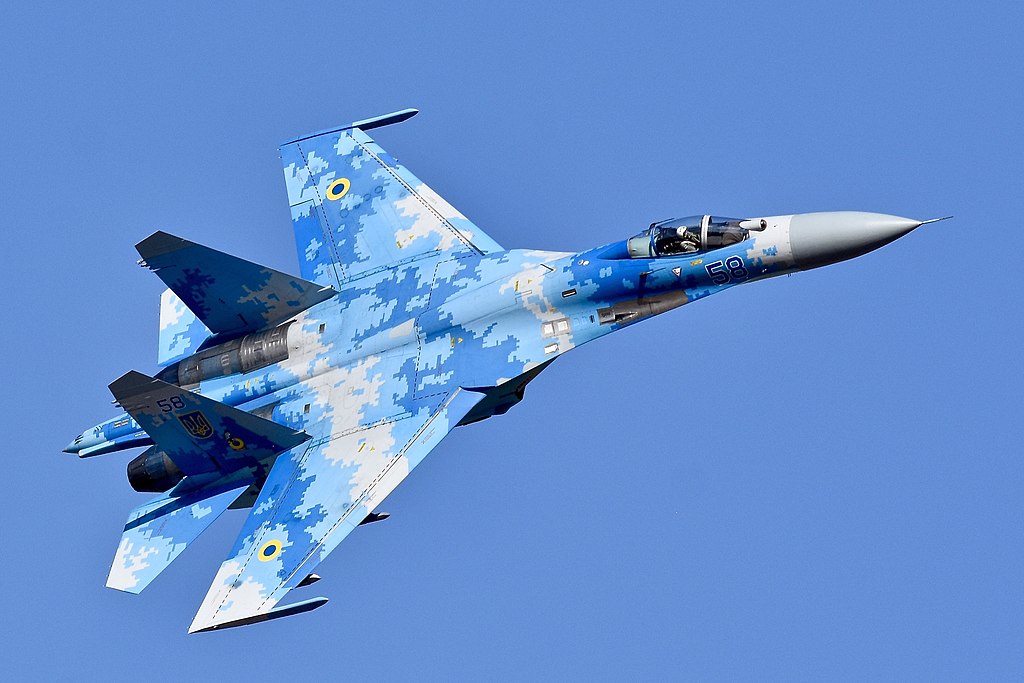
The Russo-Ukrainian War has shattered the perception that Vladimir Putin is the leader of a military superpower. In nearly two years of fighting, Russia has been unable to defeat Ukraine despite across-the-board military advantages. Russia outnumbers Ukraine in every category from manpower to armored vehicles to combat aircraft. Yet, the cries of “On to Kyiv” fell flat.
Where Moscow is lacking is in leadership. Putin has managed to saddle the Russian military with leadership so incompetent they rival Publius Quinctilius Varus, the Roman commander who marched three legions into an ambush that everyone saw coming but him. At least Varus paid for his folly with his life.
Concerning arms exports, Moscow is in second place, behind the United States. The distance between these rivals had been increasing before the war. Now, the war threatens to further undermine Russia’s position within the international arms market.
One possible area that Russia could see decline concerns air-launched weaponry. The war found the Ukrainian Air Force (UAF) unable to challenge its Russian counterpart due to its small size and use of obsolete equipment. Still, the UAF has survived and continues (surprisingly) to perform missions against Russian targets.
A unique development of this war is the integration of Western-made weaponry into Ukraine’s Russian-designed combat aircraft. Before the war, companies did not see the integration of Western missiles with Russian aircraft as worth the effort. The process is complicated and expensive and the market benefits are limited. The war could change this equation with the U.S. and Ukrainian governments footing the bill for this integration work.
The AGM-88 HARM was the first Western missile integrated with a Ukrainian fighter aircraft. Although Ukrainian pilots cannot use the HARM to its fullest capability, it enables Kyiv to keep eating away at Russia’s ground-based air defenses. Now, other Western-made armaments are reportedly being integrated with Ukrainian combat aircraft, perhaps including air-to-air and land attack missiles.
Since this process has started, Western defense firms might be inclined to offer this package to other operators of Russian-made fighter aircraft. Victory in some international arms competitions can depend on giving a potential client the widest number of options to choose from. The market for arming Russian aircraft with Western missiles may not be large (at least at first), but it is an option Western companies can propose to potential clients that their Russian counterparts cannot. Western firms could bill this weapons package as another alternative to new aircraft purchases, while exposing these clients to Western-made weaponry and perhaps influence future aircraft choices.
Whether this occurs or not, the war has done considerable damage to the reputation of Russian-made arms. Sadly, the blame for this can be laid at the feet of Russia’s leaders. Rome had some courageous and skillful leaders during the Republic and Empire periods. Unfortunately, the bravery of Roman troops in the Teutoburg Forest could not compensate for their leader’s mistakes.
For more than 35 years, Larry has been involved in research and analytical work for various Forecast International projects. He has contributed to the Airborne Electronics Forecast and was chief editor on the World Aerospace Weekly newsletter. Larry was directly responsible for the creation of World Weapons Review, a biweekly industry market research publication specializing in weapon systems and related material. He was the creator of Unmanned Vehicles Forecast, launched to cover the growing market for civil and military drones, and was involved in the development of the Airborne Retrofit & Modernization Forecast service. He is currently responsible for the Missile Forecast and for FI's two Unmanned Vehicles Forecast services – Airborne Systems and Land & Sea Systems.




